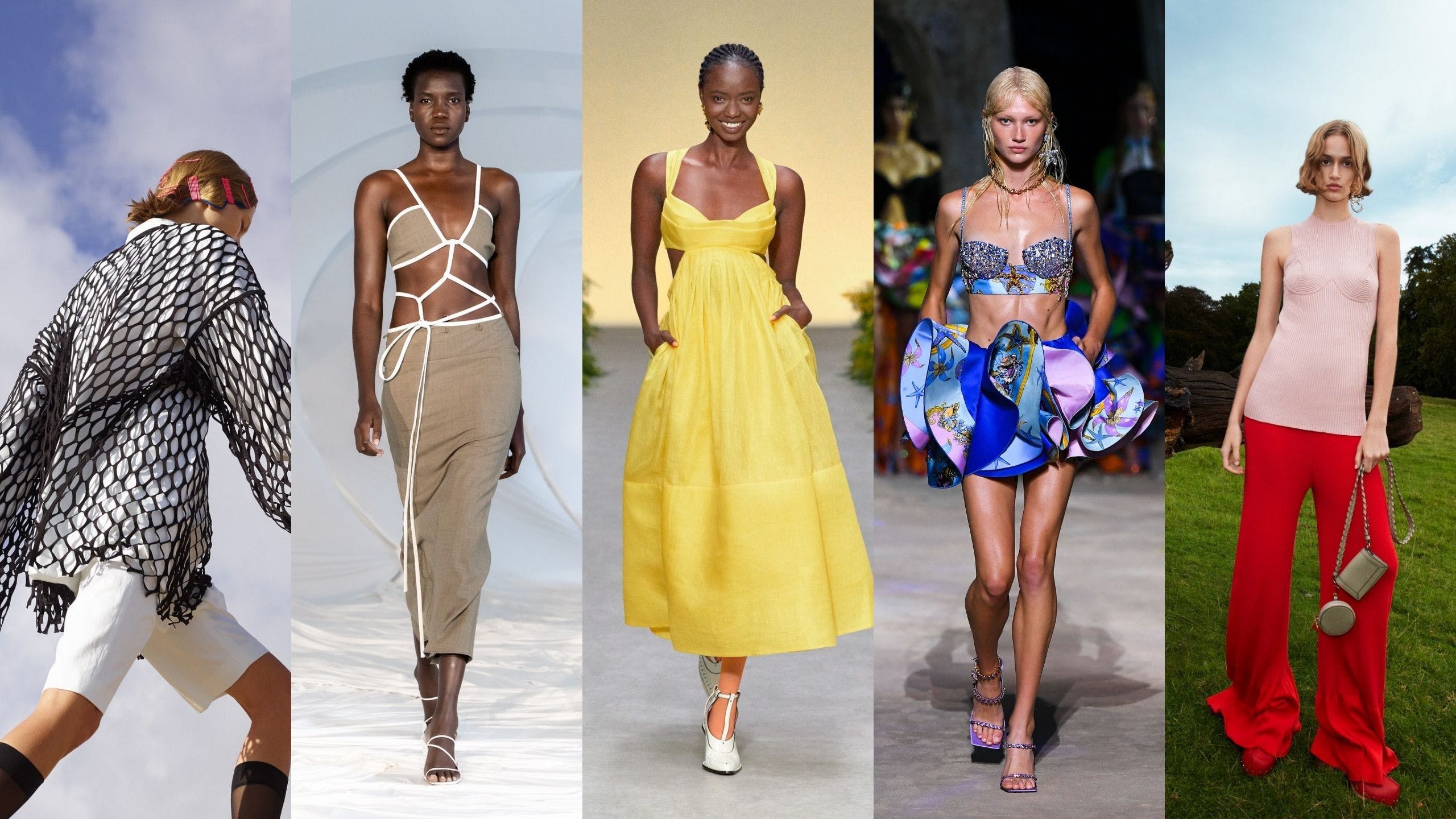Chanel and Dior, two of the most iconic fashion houses in the world, have distinct styles that set them apart from one another. Chanel often opts for timeless, classic designs, while Dior is known for its avant-garde, daring styles. Chanel’s aesthetic is characterized by clean lines, muted colours, and a focus on simplicity, while Dior’s aesthetic leans towards experimentation in shape, pattern, and colour. Their target audiences are also different, with Chanel’s demographic skewing towards sophisticated, classic women, and Dior targeting more daring, fashion-forward clientele. Regardless of personal preference, Chanel and Dior have had a significant impact on the fashion industry, paving the way for generations of designers to come.
Classy or Casual: Comparing Chanel and Dior Designs
Introduction
The fashion industry is a constantly evolving landscape, with designers competing to create stunning designs that captivate audiences. Two of the most iconic fashion houses are Chanel and Dior, both of which have continued to shape the industry since their inception in the early 20th century. Chanel and Dior have distinct styles that set them apart from one another. Chanel often opts for timeless, classic designs, while Dior is known for its avant-garde, daring styles. In this article, we will compare and contrast the designs of these two fashion giants, exploring their differences in both fashion aesthetics and branding strategies.
Design Aesthetic
Chanel and Dior have different approaches to design, both of which are reflective of their respective brands. Chanel is known for its timeless, elegant styles. The Chanel design aesthetic is characterized by clean lines, muted colours, and a focus on simplicity. For example, the famously popular Chanel 2.55 bag features a quilted design and minimalist hardware, giving it an effortless, elevated feel. Chanel’s runway shows also tend to have a classic feel, with the models often dressed in chic black and white looks.
Dior, on the other hand, is known for its bold, creative designs. Dior’s aesthetic leans towards the avant-garde, with experimentation in shape, pattern, and colour. Dior’s iconic Bar jackets, with their exaggerated hourglass silhouettes, are a testament to this creative vision. Dior’s runway shows are also renowned for their extravagant staging, which garners attention for the brand’s forward-thinking, innovative approach to fashion.
Target Audience
Both Chanel and Dior have unique target audiences, which inform their branding strategies. Chanel’s demographic skews towards sophisticated, classic women who value timeless elegance. These customers are willing to invest in high-quality pieces that will stand the test of time. Chanel’s branding strategies cater to this demographic, with a focus on tradition, heritage, and timeless quality. For instance, the brand often features classical music in its advertisements, emphasizing its timeless appeal.
Dior, on the other hand, targets more daring, fashion-forward clientele who seek stand-out, unique pieces. Dior’s branding strategies cater to this group, emphasizing the brand’s creativity, innovation, and avant-garde spirit. For example, Dior’s advertisements often feature bold, colourful prints and eye-catching designs, highlighting the brand’s unique identity.
Conclusion
Chanel and Dior are two of the most iconic fashion houses in the world. While both have made indelible marks on the fashion industry, they have distinct approaches to design and branding. Chanel’s focus on timeless elegance and heritage appeal to those who appreciate classic, sophisticated pieces, while Dior’s avant-garde aesthetic and focus on creativity and innovation cater to those seeking unique, daring designs. Regardless of personal preference, one cannot deny the impact that both Chanel and Dior have had on the industry and beyond, paving the way for generations of designers to come.
